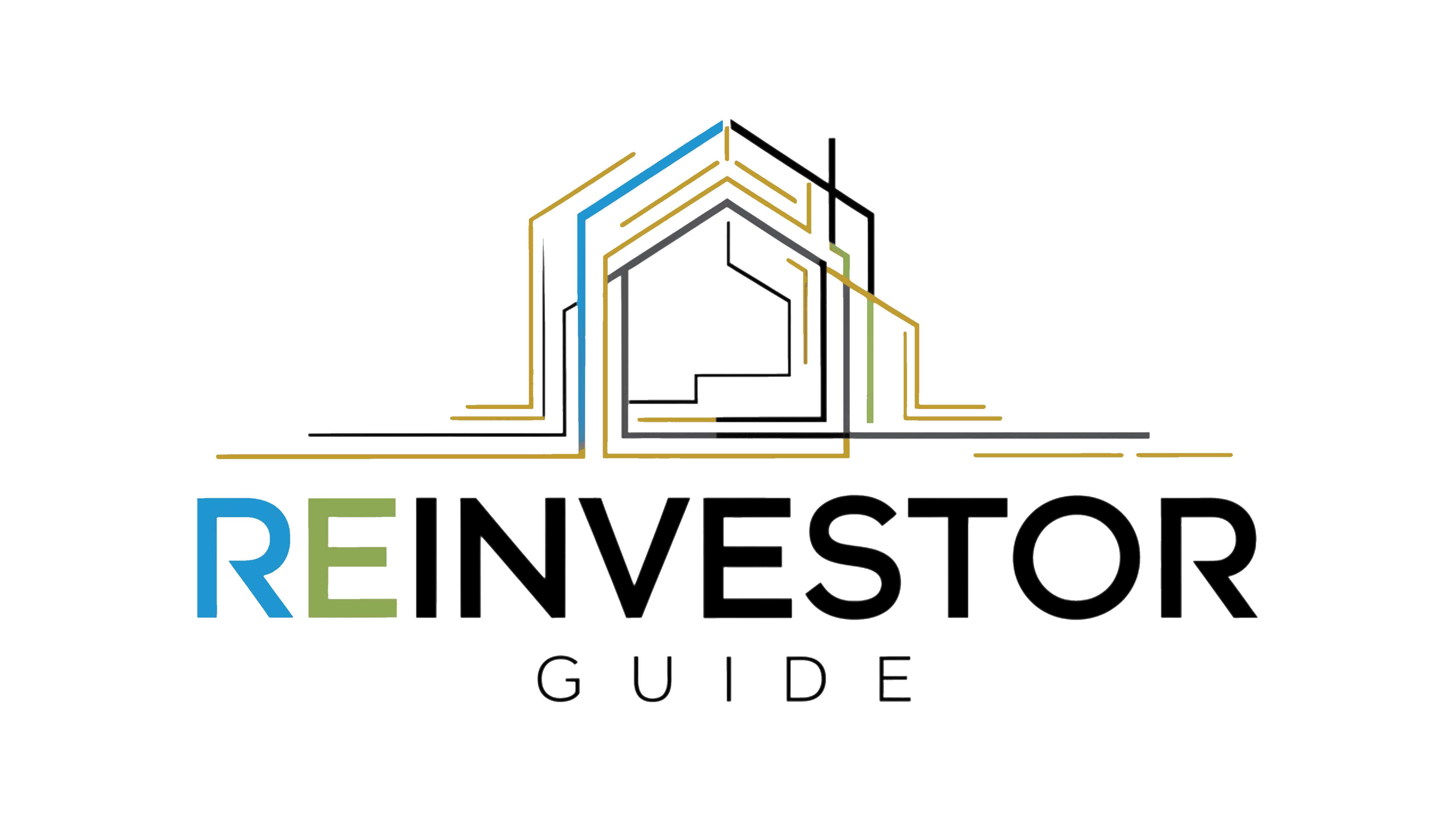In real estate, speed is money. The ability to act fast on a great deal—before it hits the MLS or while negotiating with a motivated seller—can make or break your next investment.
But what if your capital is tied up in another property? What if traditional financing takes too long? That’s where bridge loans come in.
Bridge loans are short-term, flexible loans designed to help investors “bridge the gap” between buying and selling, or between acquisition and permanent financing. Used correctly, they’re one of the most strategic tools in an investor’s playbook.
In this guide, we’ll break down how bridge loans work, when to use them, and how to protect your upside with the right exit strategy.
What Is a Bridge Loan?
A bridge loan is a short-term loan that helps investors purchase or refinance a property while waiting for a long-term solution—like a sale, a refinance, or a capital infusion.
They’re commonly used when:
- Buying a new property before selling an existing one
- Acquiring a distressed or off-market deal quickly
- Waiting for income stabilization before refinancing
- Bridging from a construction project to a DSCR loan or sale
These loans are asset-based—meaning approval depends more on the property’s value and equity than your income or DTI.
Key Features of a Bridge Loan
| Feature | Typical Range |
| Loan Term | 6–24 months (most 12 months) |
| Interest Rate | 8%–12% (interest-only payments) |
| Loan-to-Value (LTV) | Up to 70–75% of as-is or ARV |
| Credit Score Requirement | 620+ (flexible with strong equity) |
| Prepayment Penalty | Usually none |
| Approval Speed | 5–15 days (much faster than banks) |
What Can Bridge Loans Be Used For?
✅ 1. Buy Before You Sell
Need to unlock equity from a current property? Use a bridge loan to buy your next property before the first one sells, then repay the bridge loan with the proceeds.
✅ 2. Fix and Flip Projects
Need short-term capital to fund a value-add deal? Bridge loans are perfect for properties that don’t qualify for conventional financing due to condition or title issues.
✅ 3. Bridge to DSCR or Long-Term Rental Loan
If you’re executing a BRRRR or build-to-rent strategy, use a bridge loan to buy and stabilize the property, then refinance into a DSCR loan once it’s rented.
✅ 4. Cash-Out for New Investments
If you have a free-and-clear or low-leverage property, use a bridge loan to pull out equity quickly for your next down payment or rehab project.
Pros and Cons of Bridge Loans
✅ Pros:
- Fast closing—ideal for off-market or auction deals
- Flexible underwriting—based on asset, not income
- Interest-only payments preserve cash flow
- No prepayment penalties
- Great for BRRRR, flips, or transitional holds
❌ Cons:
- Higher rates than conventional loans
- Short repayment window = requires solid exit plan
- May include upfront fees or points
- Lender inspections or draw schedules for rehab funds
How to Structure a Bridge Loan for Success
🔹 1. Know Your Exit Strategy
The most important part of any bridge loan is how you’ll pay it off. Common exits include:
- Refinance into DSCR or bank loan
- Sell the property (flip or spec build)
- Sell another asset and pay off the loan
- Bring in new equity partner
Have a backup exit plan, too—markets shift and delays happen.
🔹 2. Build in Holding Costs
Since bridge loans are interest-only, factor in monthly payments, taxes, insurance, and potential vacancies in your holding budget.
🔹 3. Align the Loan Term with Your Project
Don’t assume your flip or refinance will be done in 4 months. Go for a 12-month term minimum to build in buffer time—and avoid maturity risk.
🔹 4. Use the Right Lender
Look for lenders who:
- Specialize in investor loans
- Understand your exit plan (BRRRR, flip, refi)
- Can fund fast (7–10 days)
- Offer interest-only payments and flexible draws
Real-World Example
Investor: Lucas finds a distressed duplex listed for $230,000 with an ARV of $380,000 after $45,000 in rehab.
- Bridge lender provides 85% of purchase + 100% of rehab = $250,000 total loan
- 12-month term at 10% interest-only = $2,083/month
- After 5 months, Lucas refinances with a DSCR lender at 75% of new value = $285,000
- Pays off bridge loan and cashes out $35,000 in equity
- Keeps the duplex as a long-term rental
Bridge Loan vs. Hard Money Loan
While often used interchangeably, there are some differences:
| Feature | Bridge Loan | Hard Money Loan |
| Use Case | Transitional financing | Rehab or high-risk lending |
| Lender Type | Private or commercial lenders | Individual or niche private funds |
| Term | 6–24 months | 6–12 months (often shorter) |
| Rate | 8%–12% | 10%–15% (sometimes higher) |
| Collateral | May include cross-collateral | Usually asset-backed only |
Pro tip: Most investor bridge loans are a form of hard money—but not all hard money loans are structured to help you scale efficiently.
Final Thoughts
Bridge loans give real estate investors a fast, flexible way to unlock opportunities—even when conventional financing isn’t an option. They’re especially powerful for:
- Time-sensitive deals
- BRRRR and fix & flip strategies
- Investors juggling multiple transactions at once
- Anyone needing short-term capital to scale faster
The key to success? A solid deal, a realistic exit plan, and a lender that moves at your speed.



